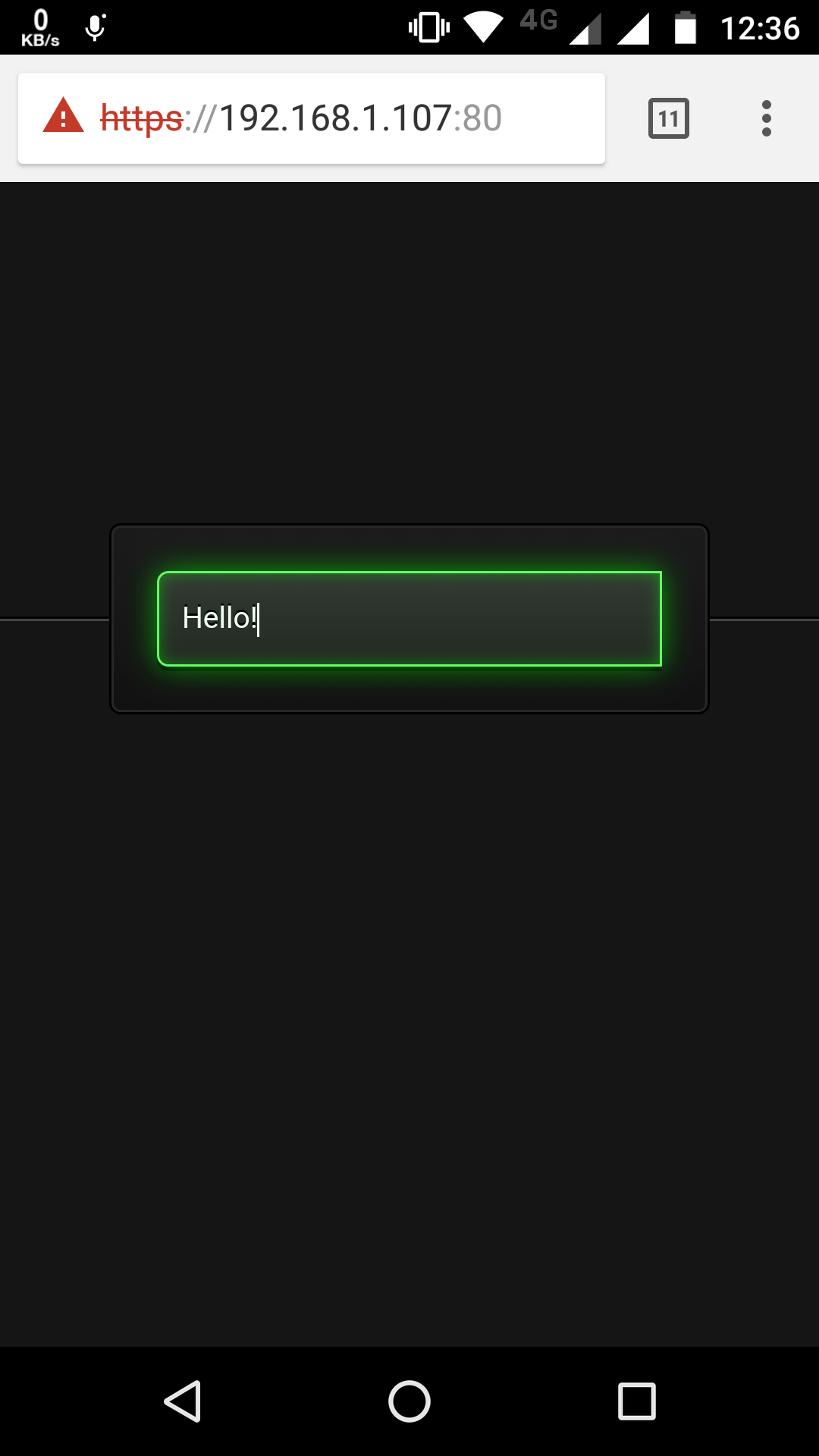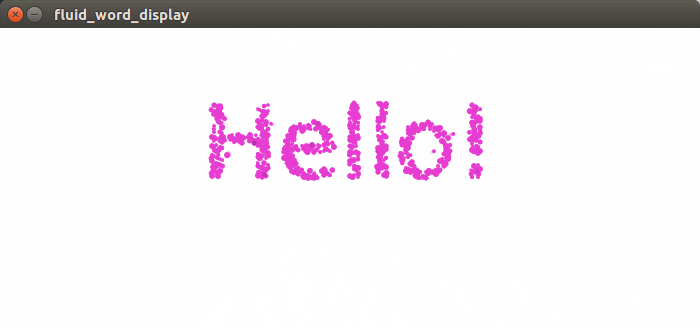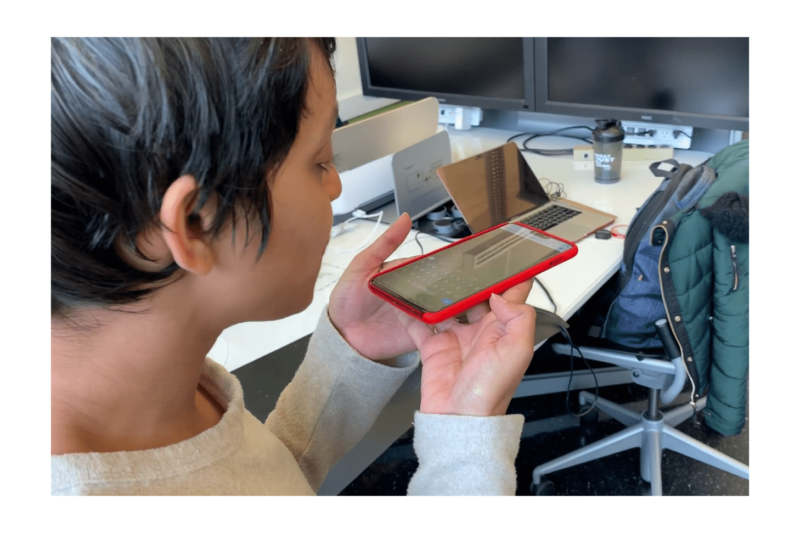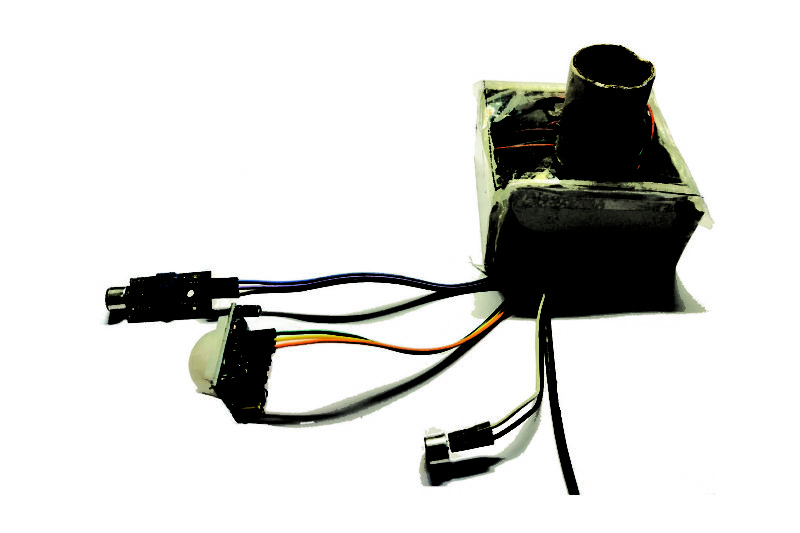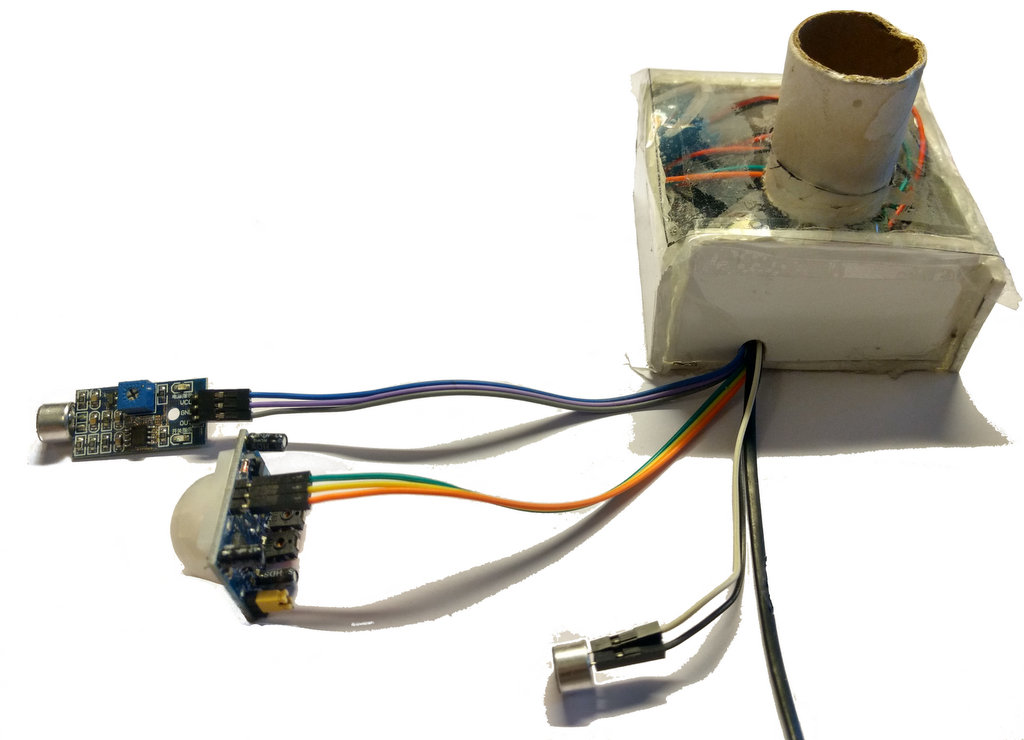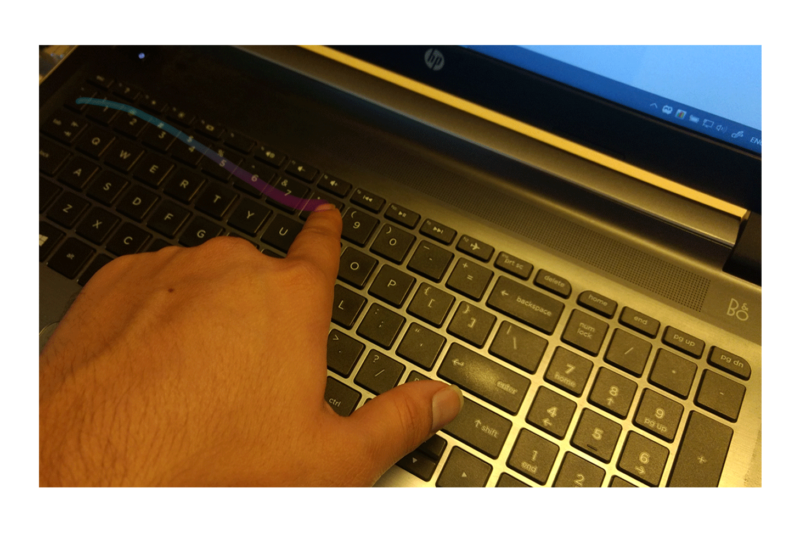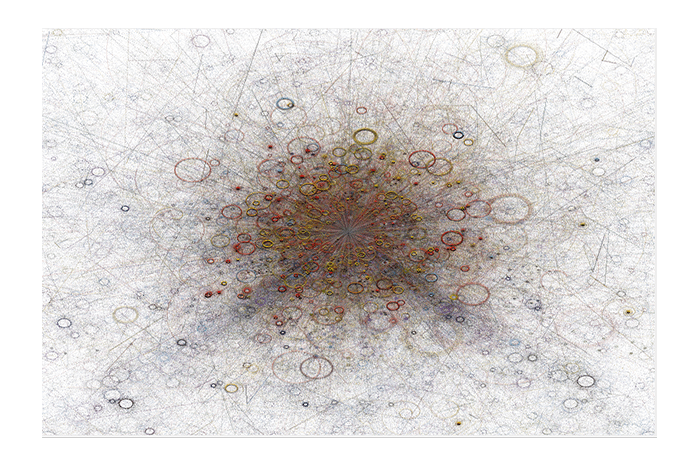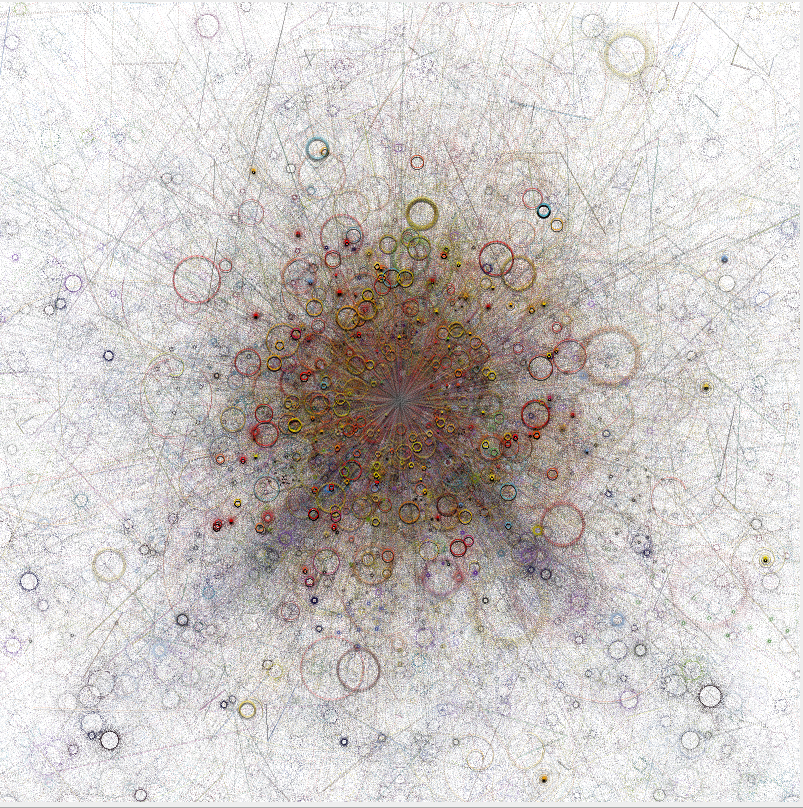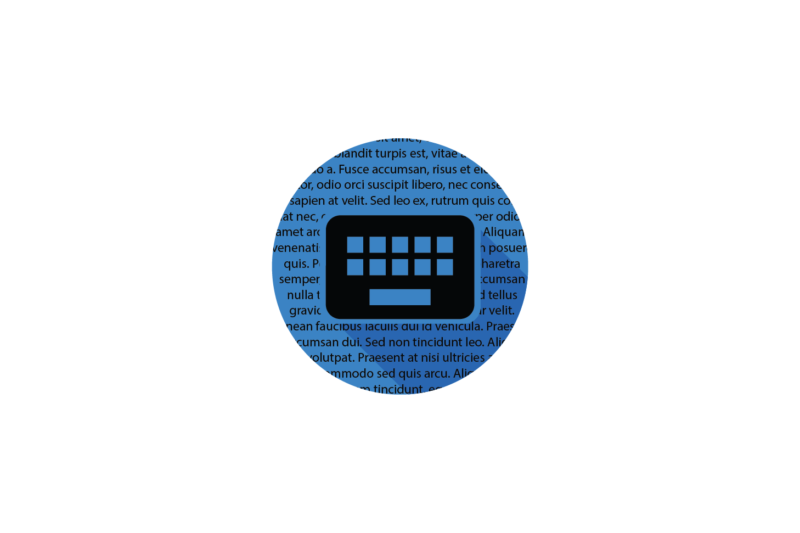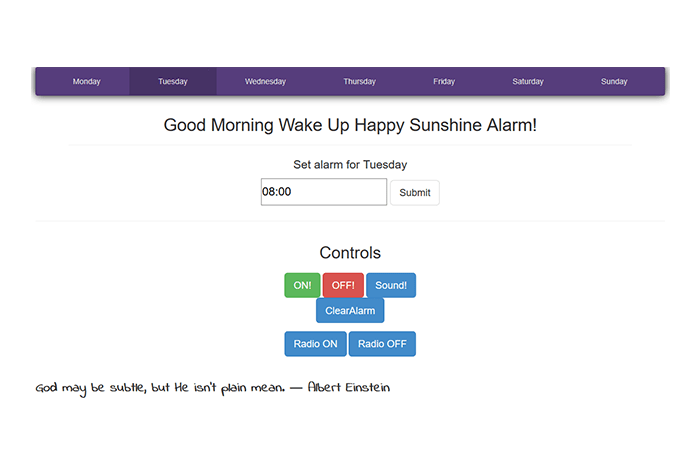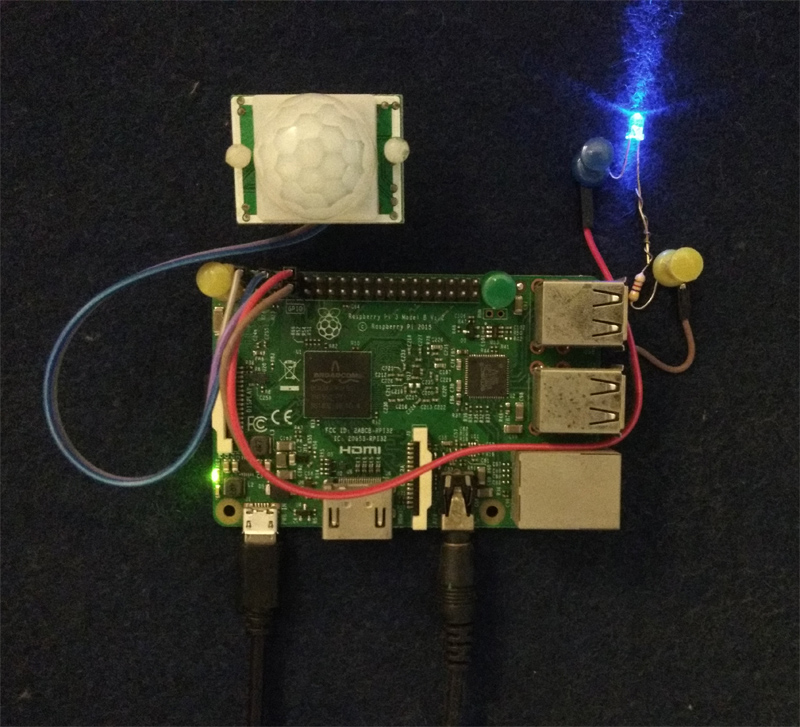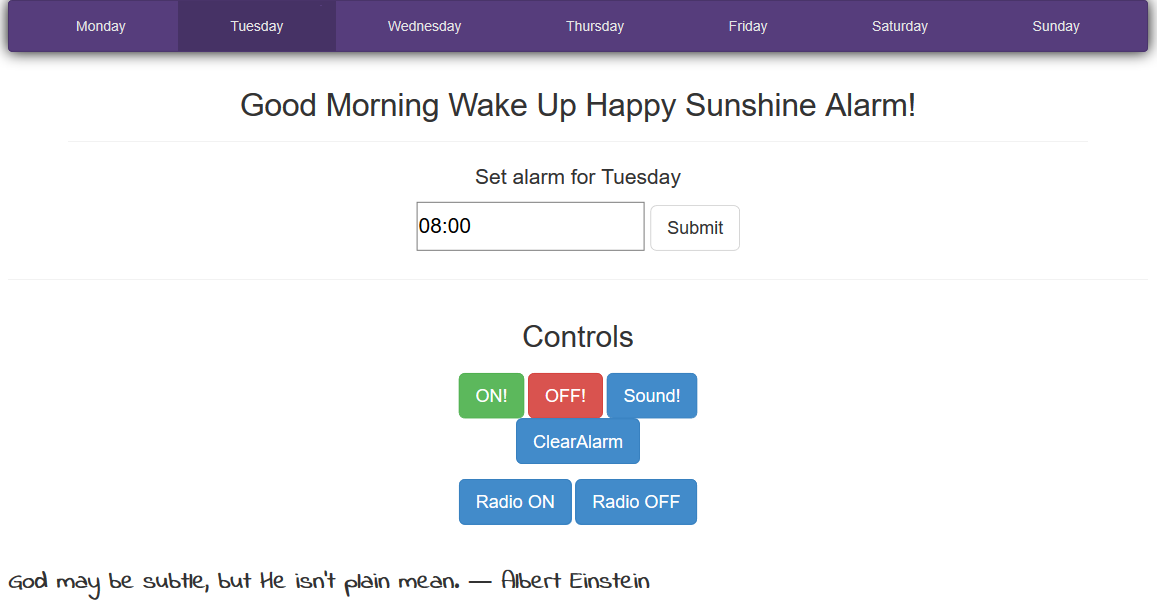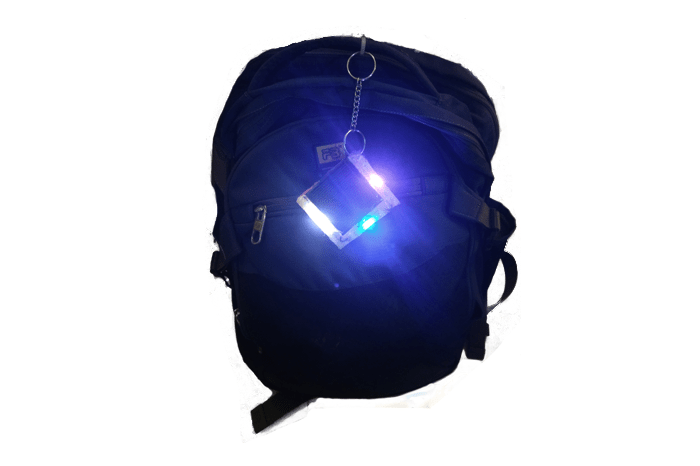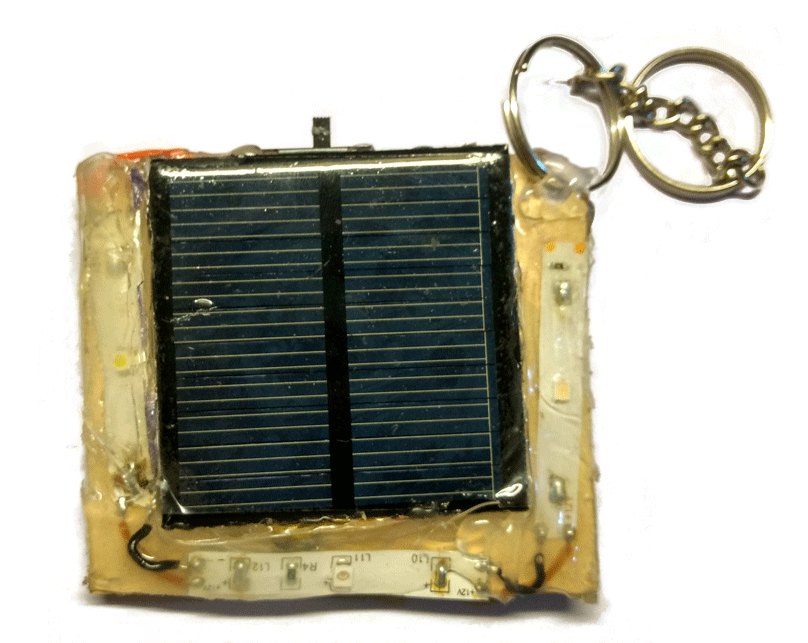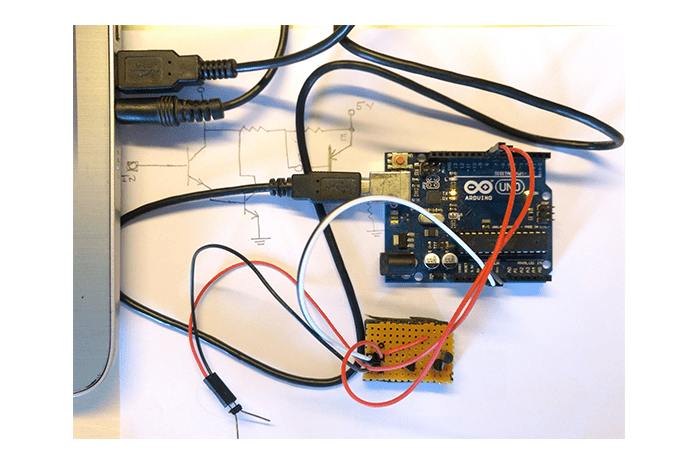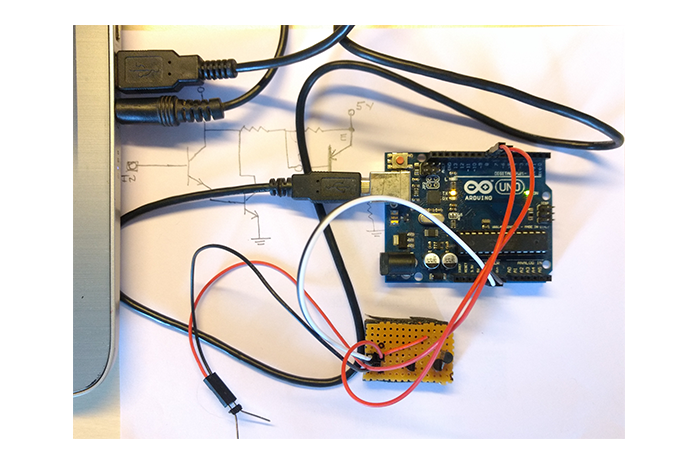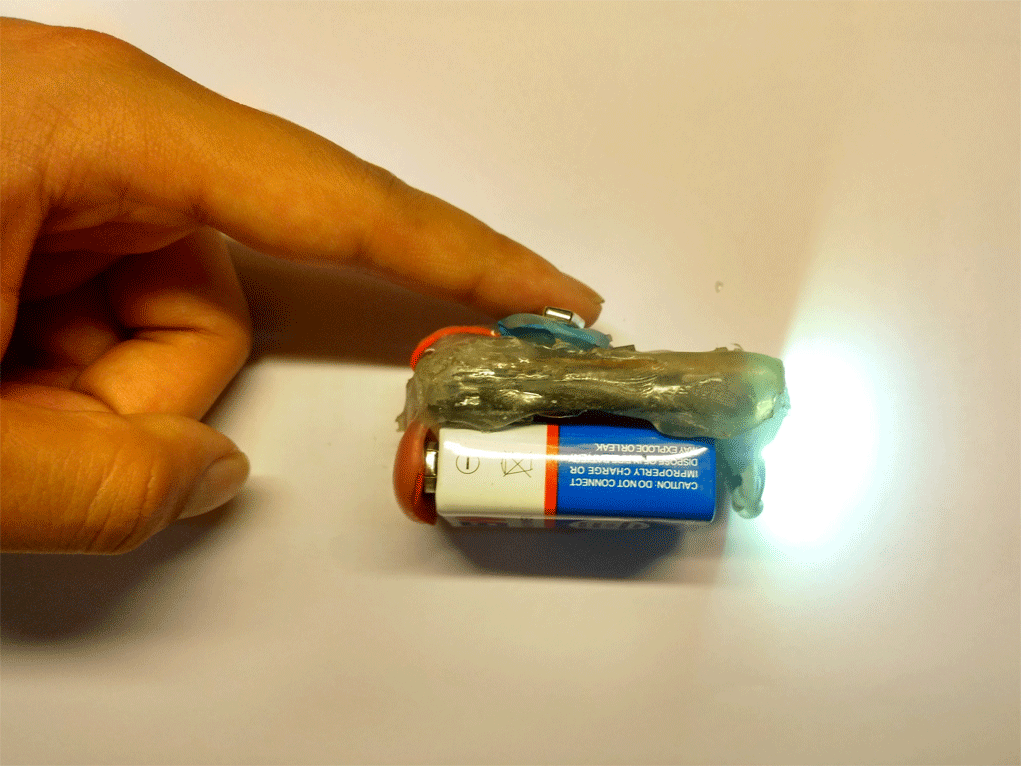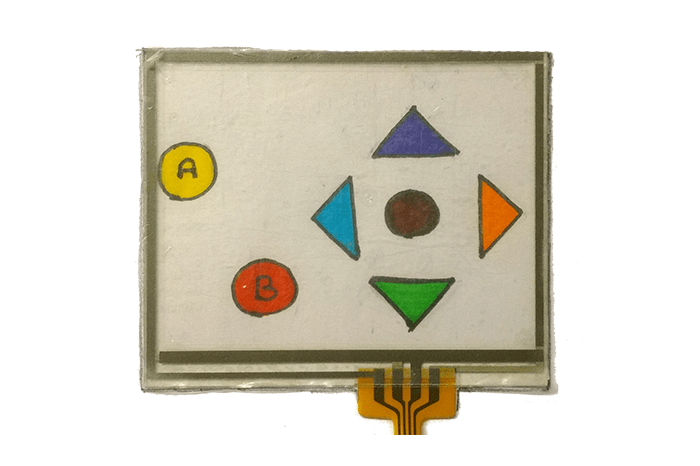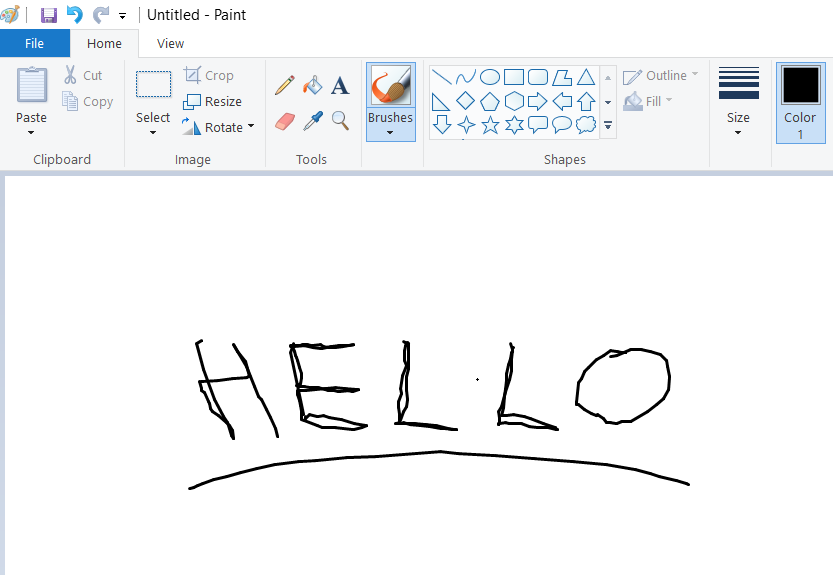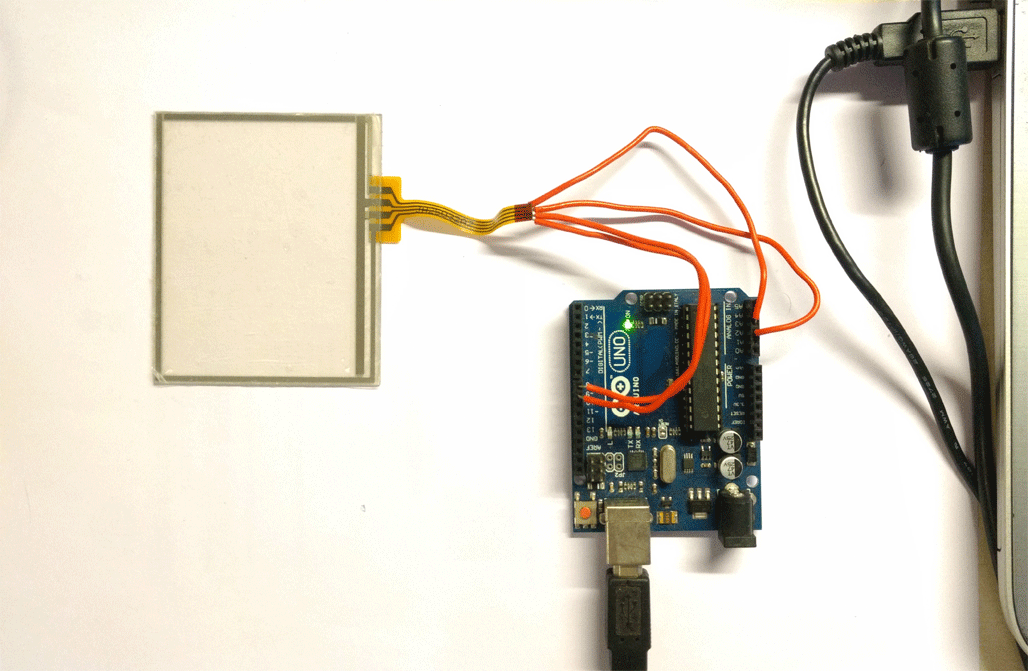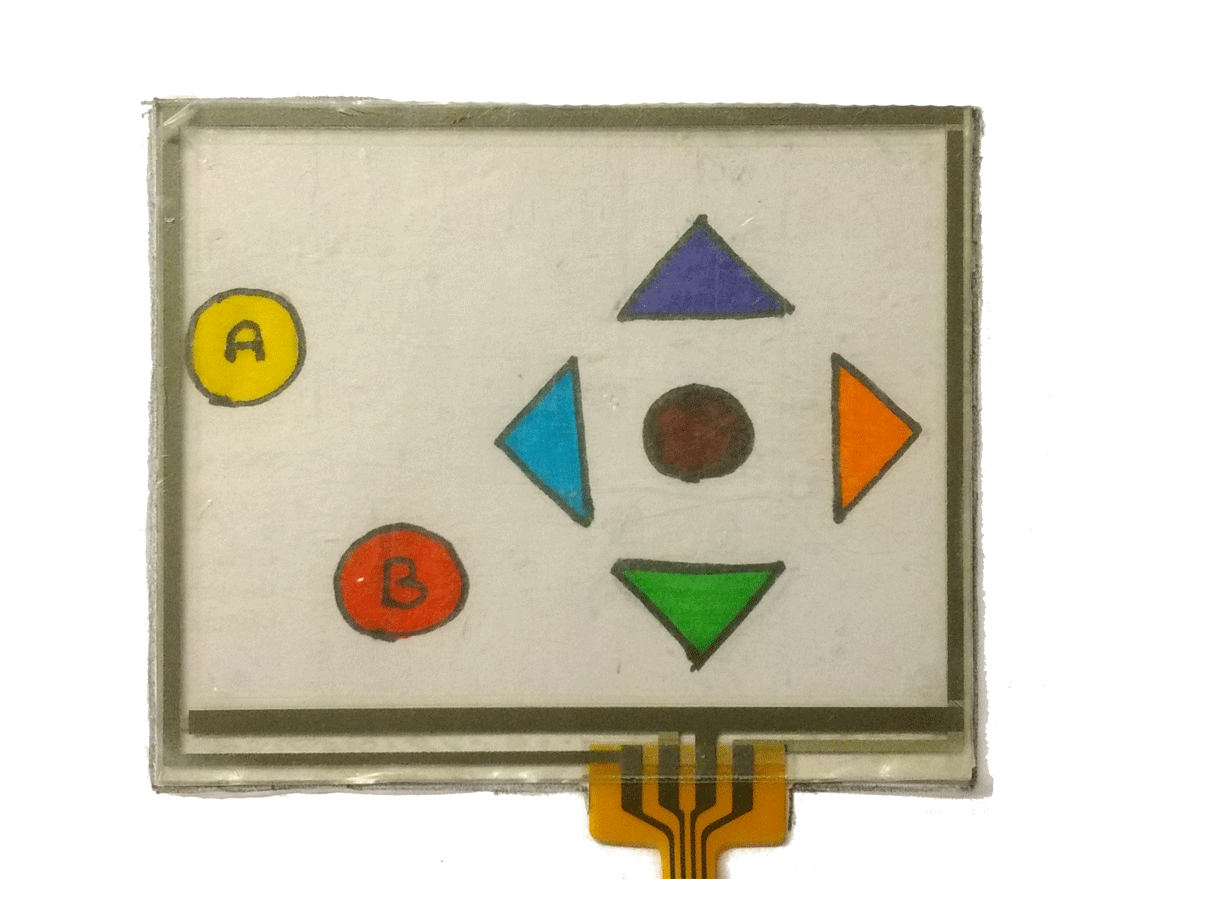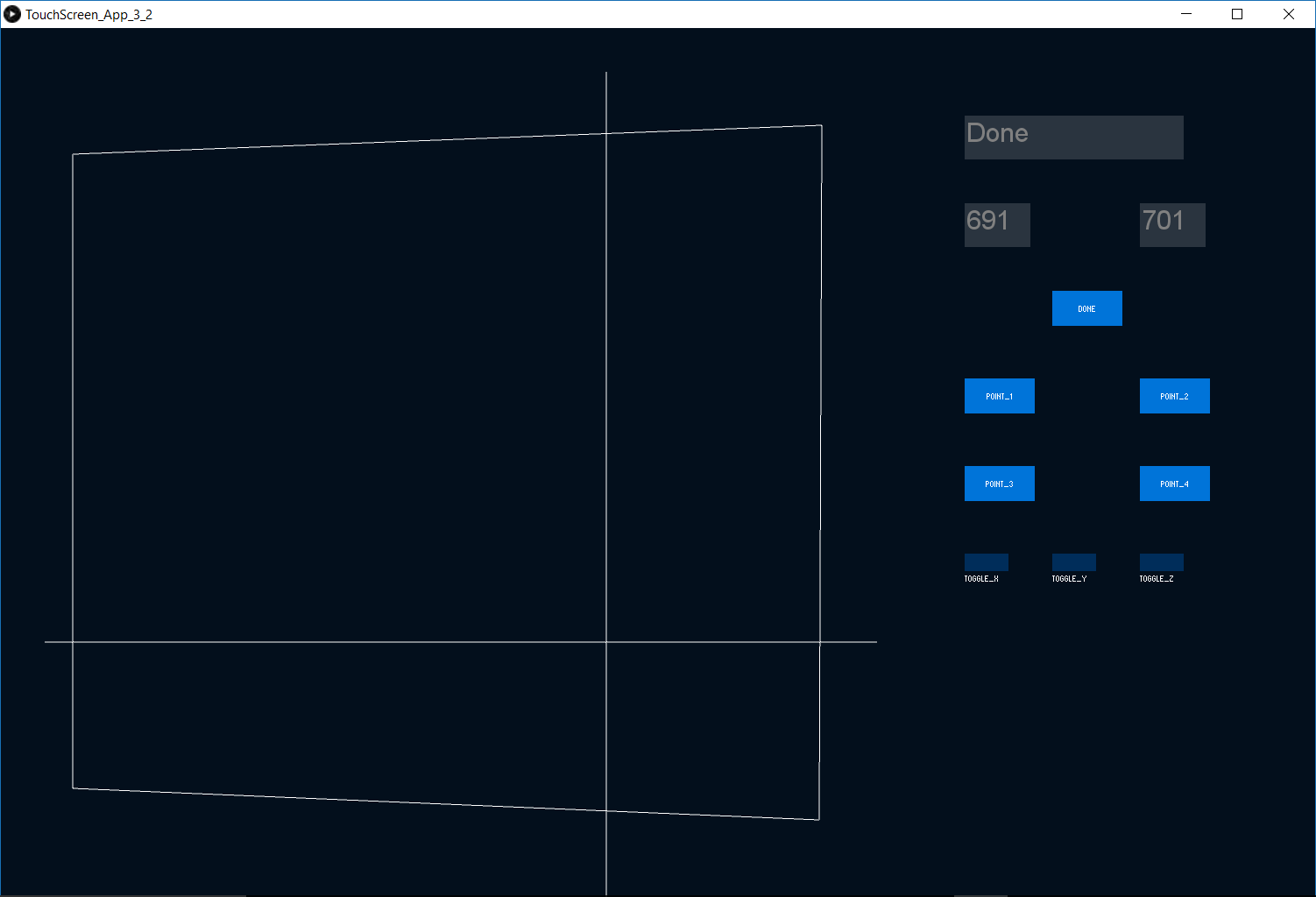Many of the systems we use are optimized for efficiency but not always intuitiveness. An ongoing project, KeyTou, addresses one such area of human-computer interaction specifically the use (or rather hindrance) of a mouse on notebooks. The touchpad has been around for centuries and over the years we have adapted ourselves to make the most of it. This project looks at what would be the most natural way to interact with a computer?
A significant point of irritation when typing is when we have to take our eyes and hands away from the keyboard to use the mouse. It breaks our line of thought and is a deterrent. The mouse is critical to computer systems and this projects in no way tries to replace it. What KeyTouch aims to do is attempt to naturalize the menial tasks which do not necessarily need our attention to be taken away from the task at hand (literally).
On computers, we have a substantial array of keys in front of us. Can this be used similar to a big touchpad albeit with lower resolution. Can simple tasks like changing windows, brightness volume, etc. be done without the need to remember shortcuts, complex menus and specific keys? KeyTou uses gestures which can be “drawn” by dragging your finger across your keyboard (think like pressing all keys across a piano with one finger).
As a proof of concept, the upper row of numeric keys is used to control volume. The user can press any key in the whole row and then drag left or right to decrease or increase volume. This method was found to be much more user intuitive and natural than searching for the specific function key and then pressing it.
Current work includes the extension of this concept to the whole keyboard and development of a framework to accurately detect gestures.
